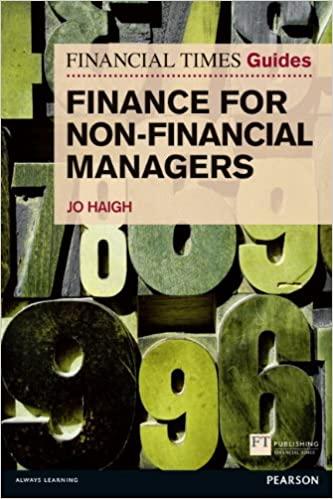Question
Texaco, a US company, has decided to borrow $10M for 1 year. It can issue debt in the US or Japan. The debt is issued
Texaco, a US company, has decided to borrow $10M for 1 year. It can issue debt in the US or Japan. The debt is issued at face value. Since the firm is currently all equity, treat the debt as having zero default risk. If Texaco borrows in the U.S. market, it will have to pay 7.5% interest and if it borrows Japanese Yen (JPY) in the Japanese market it will have to pay 5% interest rate. Currently the exchange rate is JPY127/$. Assume that there are no barriers to borrowing in Japan and that the country risk of both USA and Japan is zero.
Assume that forward contract on the JPY is available in the US in any quantity desired. Assume that physical delivery will take place.
(a) Borrowing in the Japanese market at 5%, as opposed to the U.S market at 7.5% appears to be an arbitrage opportunity. Is it? What must the fair forward price be in order to preclude the possibility of arbitrage? (b) If the firm borrows the equivalent of $10M in the Japanese market. What is the firms obligation in JPY next year? (c) How can Texaco create a $10M loan by borrowing in the JPY market in Japan? List the step-by-step transactions today and the associated cash flows as well as the step-by-step transactions in 1 year along with the associated cash flows.
Step by Step Solution
There are 3 Steps involved in it
Step: 1

Get Instant Access to Expert-Tailored Solutions
See step-by-step solutions with expert insights and AI powered tools for academic success
Step: 2

Step: 3

Ace Your Homework with AI
Get the answers you need in no time with our AI-driven, step-by-step assistance
Get Started


